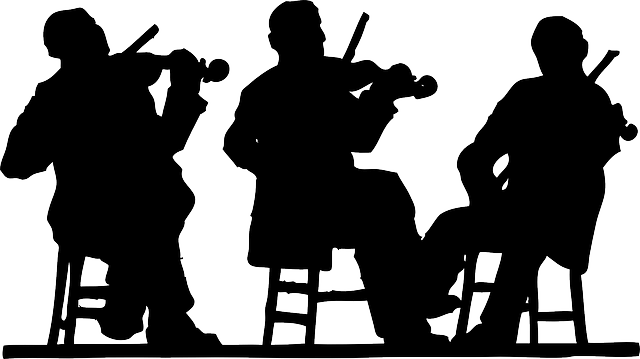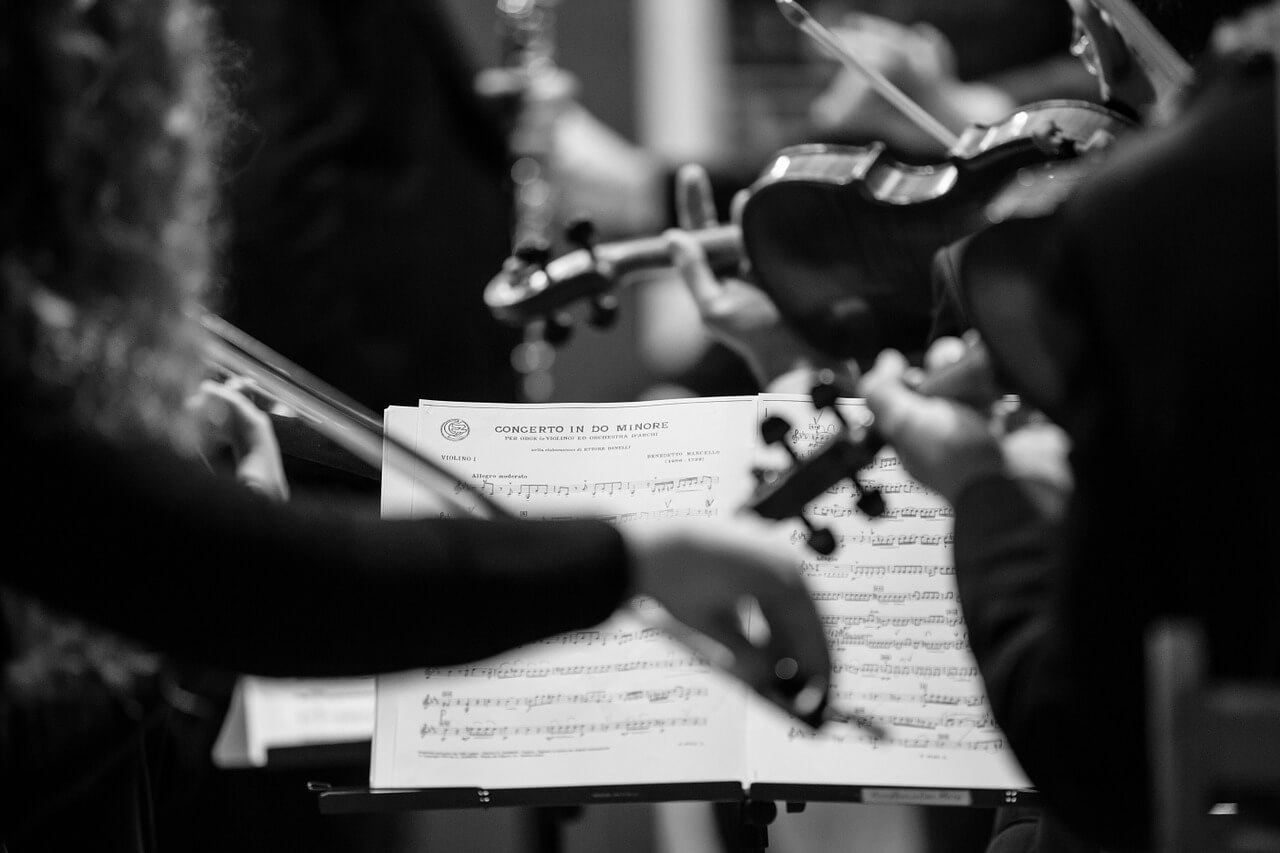What is concerto? Information on the early forms and the history of concerto. What is classical concerto and artists.
Concerto; a musical composition for instrumental soloist or soloists and orchestra. If it has more than one soloist, it is sometimes called a concertante. The concerto usually has three (or sometimes four) movements, though Franz Liszt, among others, wrote concertos in only one movement, a symphonic entity consisting of a single theme in many disguises.
Early Forms.
The earliest forms of the concerto, dating from about 1540, were called concerti ec-clesiastici or concerti da chiesa (church concertos) and consisted of various instrumental parts alternating with each other. Gradually, short solo passages (concertino obbligato) emerged and led eventually to the concerto grosso, a kind of concertante. The greatest masters of the concerto grosso were Antonio Vivaldi (1678?-?1741) and George Frideric Handel (1685-1759). Johann Sebastian Bach (1685-1750) based many of his violin and harpsichord concertos on themes by Vivaldi, but Bach’s most celebrated works in this genre are the Brandenburg concertos, which derived from the concerti grossi.

Source : pixabay.com
Classical Concerto.
Although others made good use of the concerto form, the next great composer of concertos was Wolfgang Amadeus Mozart (1756-1791). In his 28 piano concertos, 6 violin concertos, and many concertos for other instruments (such as flute, clarinet, bassoon, French horn), he brought a new approach to the form. Usually, in a Mozart concerto, the orchestra opens alone with an exposition of the thematic material. It builds up suspense for the entrance of the solo instrument. Mozart gave the orchestra greater importance than it had had in previous concertos, and he made the minor keys and chromaticism more significant parts of the music’s texture.
Romanticism.
Extreme brilliance, smoothness, and velocity of execution marked the works of the French-Italian virtuoso school that followed Mozart. The most durable representative of this school is Niccolo Paganini (1782-1840), whose violin concertos are the first real virtuoso concertos in the modern sense.
Ludwig van Beethoven (1770-1827) added several novel touches to the concerto form. His first three piano concertos are based on the classical pattern, but the last two and the violin concerto reveal some fresh approaches. The Fifth Piano Concerto (Emperor), for example, begins with a quasi-improvised cadenza by the pianist (previously, cadenzas had always been placed at the ends of movements) followed by the entrance of the full orchestra.
Robert Schumann (1810-1856) expanded the melodic material of the concerto, gave a new physiognomy to its modulations, and attempted to make the solo and orchestra parts more integrated. This integration was carried even farther by Johannes Brahms (1833-1897), whose concertos are actually complex symphonies, with soloist and orchestra interweaving thematic developments as equal partners.

Source : pixabay.com
The 20th Century.
Paul Hindemith (1895-1963) introduced the neoclassic chamber concerto (Kammermusik), marking a return to the concertante style. Other 20th century developments include the exploration of untapped potentialities in the sound and pitch of solo instruments, and the writing of concertos for solo instruments never before used for this purpose—trombones, saxophones, double basses, and percussion instruments.